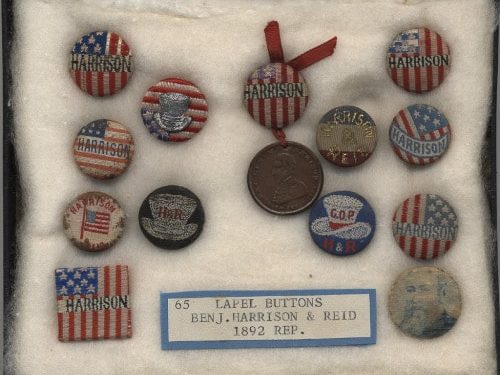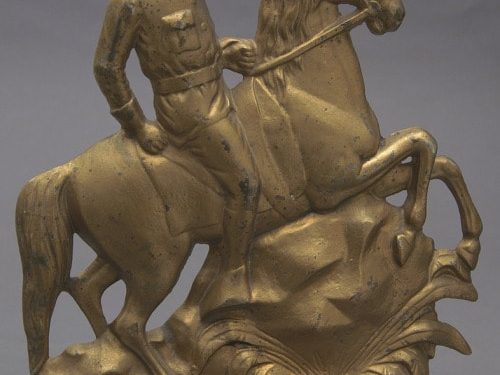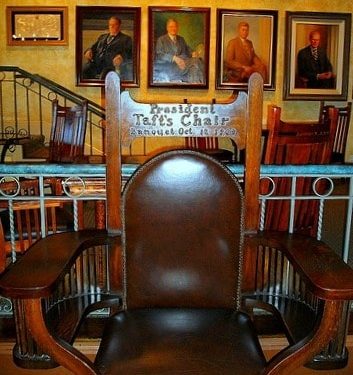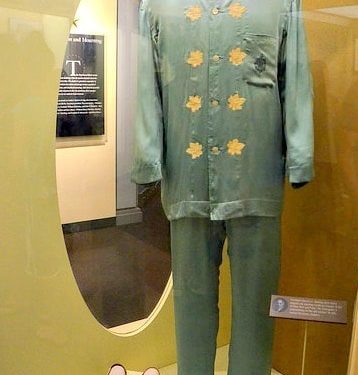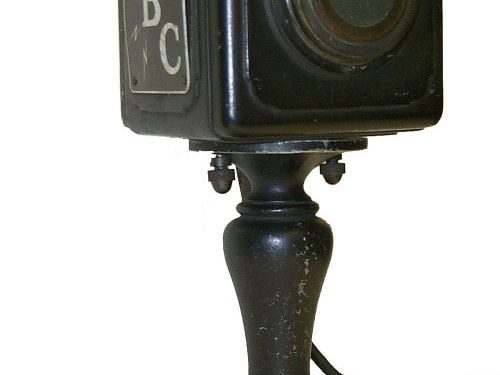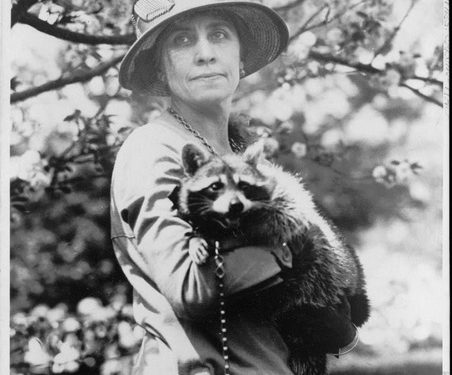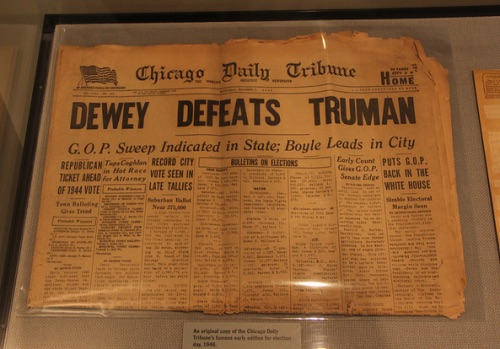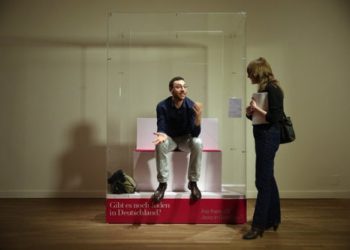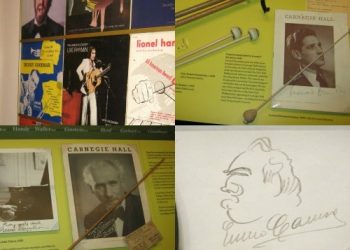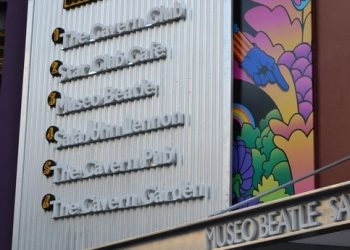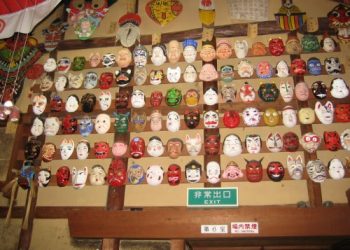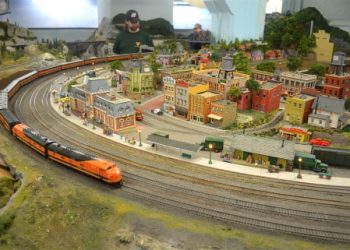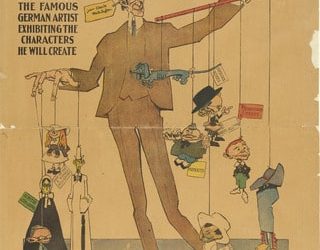Yesterday was Presidents’ Day in the good ol’ United States of America, which means you’re supposed to learn a few things about the forty-four men who got to call themselves commander-in-chief. So let’s continue where we left off (check out Part 1 & Part 2 in case you missed them)!!!
Benjamin Harrison beat incumbent Grover Cleveland in the 1888 election, then lost to him in his fight for reelection in 1892. Before plastic buttons took over politics, supporters would were fabric lapel buttons like the ones seen above. They were made for the campaigners of Harrison and his running mate Whitelaw Reid, which are now part of the Cornell University Library collection.
Our 22nd and 24th President Grover Cleveland is the only U.S. President to have served non-consecutive terms in office. His wife, Frances, was also the youngest First Lady at the age of 21. At Cleveland’s birthplace in Caldwell, New Jersey, there is a piece of fruitcake made for his 1886 wedding to Frances. Although in a satin Tiffany’s box, it’s lumpy and brown and 130 years old. Time does not make fruitcake look any more appetizing, that’s for sure.
I cannot think of a better way to drown one’s tears over a presidential assassination than smoking a cigarette. Part of Cornell University’s Collection of Political Americana, this “We Mourn Our Loss” memorial metal ashtray honors President William McKinley, who was shot twice in the abdomen. He soon developed gangrene, which slowly poisoned his blood. Although McKinley did not smoke cigarettes, he was known as an obsessive secret cigar smoker behind closed doors.
Also from the Cornell University Library collection is this cast iron door stop, which was made around 1900-1904. It portrays famed Rough Rider himself, President Theodore Roosevelt, who was a ball of energy and never kept still for very long (yet kept still enough to write 35 books and supposedly read several books a day). He once said, “We need the iron qualities that go with true manhood.” Does an iron door stop count?
President William Howard Taft was known for being a rather large-sized man. Unfortunately, his reputation preceded him. In the lobby of the Mission Inn in Riverside, California is a custom-designed extra-wide chair that would accommodate Taft’s 350 pounds when he visited the hotel in 1909. Taft was not happy and initially refused to use the chair, then caved in and took a seat but stipulated that he not be photographed in it.
Although he was later a college professor, President Woodrow Wilson did not learn to read until he was ten years old. Why? Well, he suffered from dyslexia, and had a specially designed typewriter for him to use. Wilson was actually the first president to personally own a typewriter, and he composed and typed most of his own letters, which helped him overcome dyslexia. The typewriter is on display at the Woodrow Wilson House in Washington, D.C . where Wilson lived after his presidency ended.
Warren G. Harding died just two and a half years into his presidency of a cerebral hemorrhage while sitting in bed. So it seems appropriate that the National Museum of American History has his elegant silk pajamas and slippers on display. They were made by Chavert & Fils, Inc., of New York and Paris. How do we know they belonged to him? Well, for one thing his monogram is embroidered on the pocket.
President Calvin Coolidge was known for being quiet, but he was also known for owning a lot of pets. Cal and his wife Grace had four cats, nine dogs, and seven birds. He was gifted a black bear, a wallaby, and two lion cubs, who all ended up at the zoo. But he kept a raccoon named Rebecca, who used to take baths in the presidential suite. Believe it or not, there is a Presidential Pet Museum (which is temporarily closed due to lack of funds) if this subject interests you.
President Herbert Hoover’s name will always be associated with Hoovervilles, which were shanty towns built by homeless people during the Great Depression and named for the President who was blamed for the economic crisis (maybe unfairly?). From 1932 until 1941, hobos and homeless families lived on a vacant, nine-acre waterfront lot of the Seattle Port Commission. On display at the Museum of History and Industry is a Post Office sign from Seattle’s Hooverville. A lot of the mail was from family members trying to locate disappeared loved ones.
Before television and the internet, radio was the most important technology of its day. President Franklin Delano Roosevelt understood its power in connecting with the American public, especially during an uncertain time, and the used it to his advantage. His radio speeches represent the first time in history that a chief executive communicated directly with the people. He used this RCA model 4-A-1 carbon condenser microphone to deliver some of his famous Fireside Chats from the White House. It is now part of the collection of the Franklin D. Roosevelt Library Museum.
The world’s most famous newspaper error, “Dewey Defeats Truman,” might have been forgotten if it was not for the photographs of a smiling President Harry Truman holding a copy of it. Although many right-leaning newspapers predicted Dewey would win the 1948 presidential election, the Chicago Daily Tribune was the only one to jump the gun by printing an early edition before the results were officially in. An original copy of it is on display at the Harry S. Truman Presidential Library and Museum.
